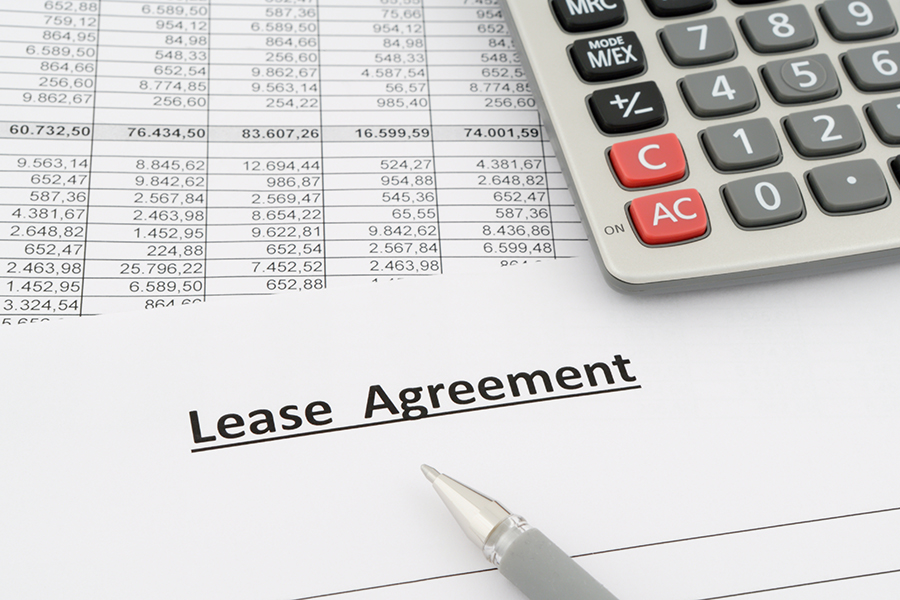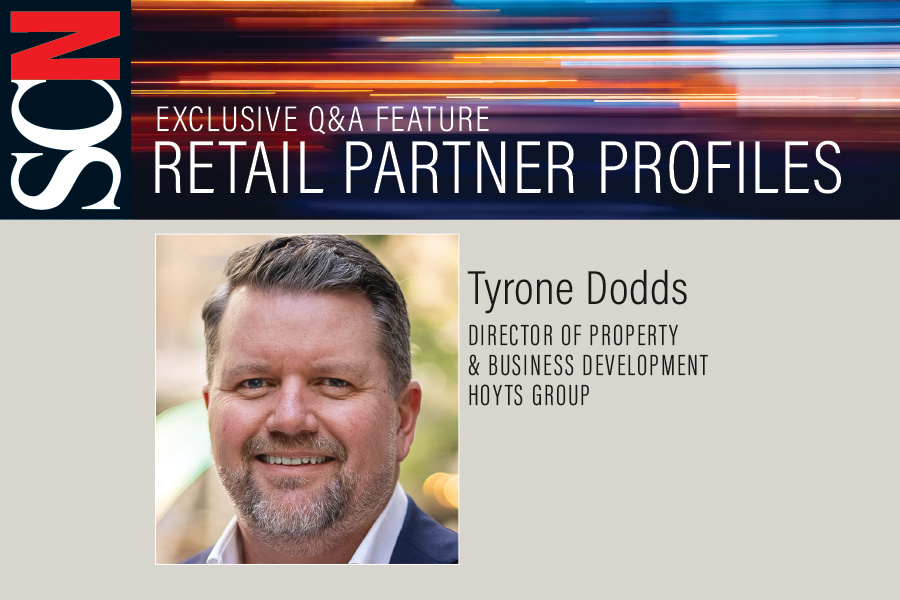You’ve found the perfect retail space for your business and now it’s time to negotiate a lease. In the second part of this ‘How to Retail‘ Zelman Ainsworth, Director of Ainsworth Property, provides a step-by-step guide through this critical point in the retail journey.
There’s no doubt negotiating a commercial lease for your retail store can feel overwhelming and confusing at first. But, armed with the right advice, businesses can avoid costly mistakes and arrange a lease agreement that works for both parties. Generally speaking, leases can be negotiated in the areas of the length of the lease term, price, incentives, and a building’s fit-out.
First and foremost, it’s important to analyse the market. Search and compare leasing properties in order to ensure your chosen space best meets your requirements. If there isn’t much competition landlords may be more willing to negotiate, while a hot market may prove harder. Assess your business requirements, keeping in mind potential future growth, as well as your budget and location. Then, make a list of your essential priorities.
In commercial leases, it’s important to understand the differences between a ‘gross lease’ and ‘net lease’ to understand the expenditure upfront.
In the case of a gross lease, all outgoings are included in the rent, whereas in a net lease, the tenant is responsible for rent, plus expenses relating to the property – for example, water rates, insurance, strata levies etc. Both types of leases have pros and cons and will ultimately affect your income at the end of the day.
More and more, landlords are utilising incentives to attract prospective tenants. Commercial lease incentives may include a rent-free period, rental discounts or a prepayment of fit-out expenses, all of which can also be negotiated. A term sheet (also known as a letter of intent or heads of agreement) will set out the basic terms outlined between the two parties and will help to negotiate the final stages of the arrangement. Term sheets are not legally binding unless both parties have agreed on this within the document.
Next, the agent or landlord will usually ask for a deposit to secure the property and take it off the market. Make sure you fully understand the responsibilities pertaining to the deposit, including whether it is refundable. If you go ahead with the lease, the holding deposit will generally be put toward the security deposit or the first month’s rent.

What happens if you need to walk away from the deal?
Some lease agreements may include an early termination clause, subletting agreement or assignment of lease, where your obligations can be transferred to another business. Otherwise, you will have to surrender your lease, and meet any ‘make good’ requirements and cost payments in order to release your legal responsibilities.
Make sure that you have a firm understanding of your responsibilities before signing a contract. Engaging a property lawyer to manage the retail lease negotiation can help mitigate any hidden expenses.
Property Law Specialist Jonathan Tisher explains that the formal lease needs to correctly reflect the agreed terms and address any issues that have been omitted from a heads of agreement. “The reality is that the heads of agreement is usually only three or four pages, whereas the lease is a significant document and therefore there will be additional items included in the lease,” says Tisher.
A well-drafted legal document should ensure that the lease gives both the landlord and the tenant the protection and reassurance that they need. “The tenant should be made aware of the key items so that they understand what they are signing up to. Once they sign the lease, it will take precedence over the heads of agreement.”





















